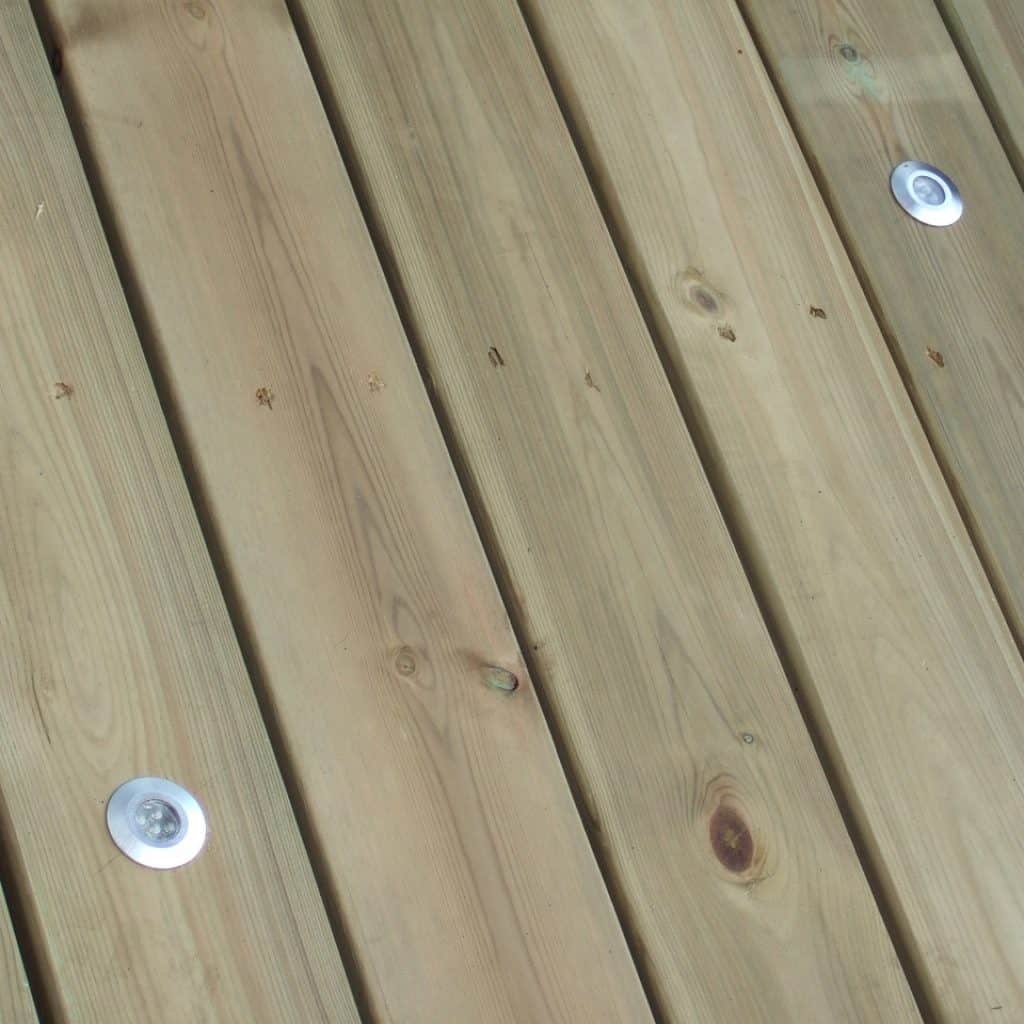
It is estimated that more than 20 million decks may be at risk due to age and poor construction. Between 2003-2007, about 224,000 people were injured nationally due to a deck or porch, and of those injuries, 33,000 were a result of a structural failure or collapse, according to the Consumer Product Safety Commission, which includes one of the few studies ever done on deck collapse in the USA.
The CPSC estimates there are more than 40 million existing decks in the U.S. and more than 20 million decks and porches are older than 15 years, well beyond their average lifespan. In addition, many of those decks were constructed prior to 2009, before true deck codes existed.
Unfortunately, when a deck reveals it has a problem is often when it has the most people on it.
Homeowners and deck builders need to know how to determine whether to repair or replace these decks, and what to look for to make that final judgment.
Here are a few major warning signs that a deck may be unsafe:
Inadequate railings:
If the railing can be moved more than an inch or two at the top, it is an indication that it is time for a complete deck replacement. In addition, the International Residential Code requires any deck that is more than 30 inches above the ground to have a guardrail, though any deck with a guardrail must follow code. The IRC also requires that rails be 36 inches minimum above deck surface. Stair rails must be 34 to 38 inches above the nosing of the stair. And the maximum space allowed between balusters is 4 inches. For homes with the right aesthetic and view, a good replacement is cable railing because it is strong and maintains views.
Improperly flashed ledger board:
Flashing prevents moisture and debris from collecting between the structure and the deck’s ledger board and rot. If flashing is missing, use an ice pick or screwdriver to test the wood. If it’s easily penetrated or the wood is soft and spongy, it is probably time to replace it, an indicator the whole deck may be in need of attention, according to the North American Deck and Railing Association.
Heaved or dropped footings:
Either one of these issues can cause a deck to become unstable. Heaving typically happens from freeze and thaw conditions. Dropping is often the result of footings being poured on disturbed soil, like backfill. This can be another indication that a full deck replacement may be in order.
Missing or corroded metal connectors:
The International Residential Code requires metal connectors at key places from ledger to structure; post to beam, joist to beam and joist to ledger. If those are missing, often connections are simply toe nailed together. If, and when, the wood rots, nailed connections will not hold. But metal connections maintain their support better even if rot occurs. Replace any rusted connectors to avoid wood deterioration.
To learn more: go to:
North American Deck and Railing Association
https://nadra.org/
and
The International Residential Code
https://www.iccsafe.org/
